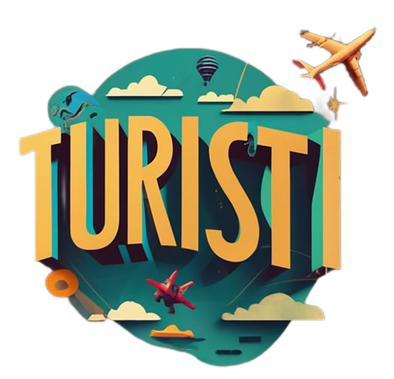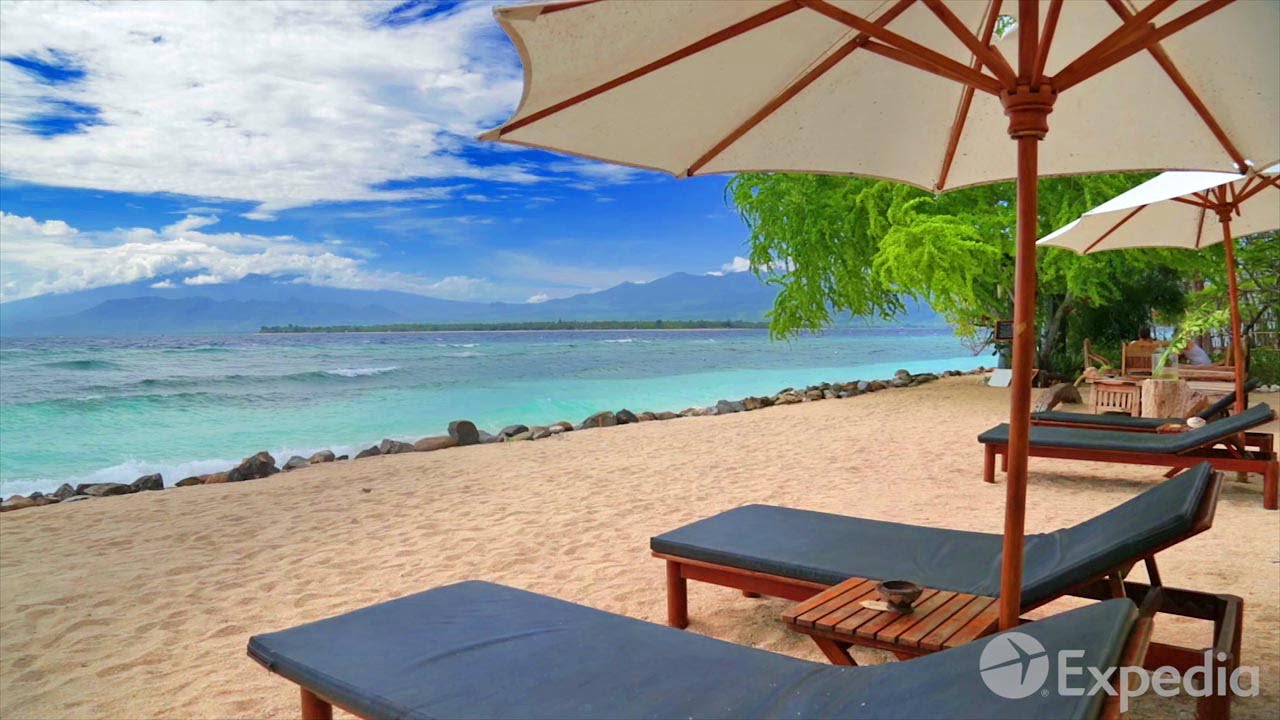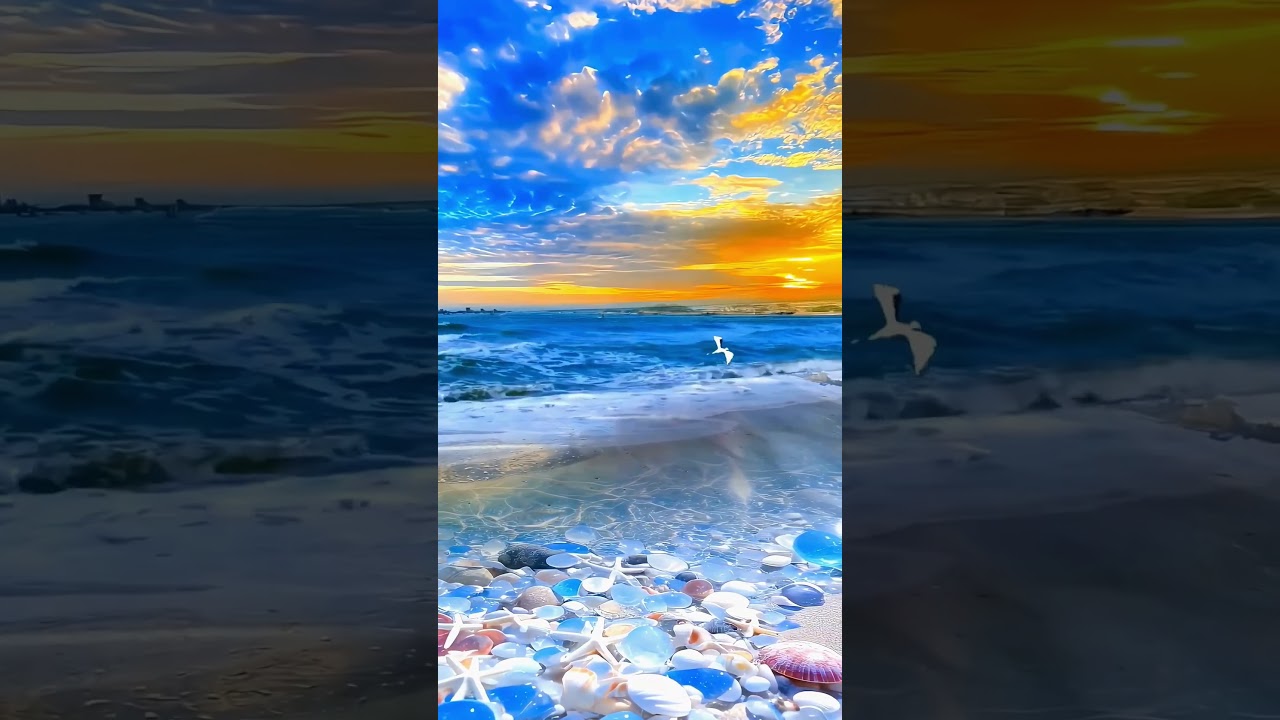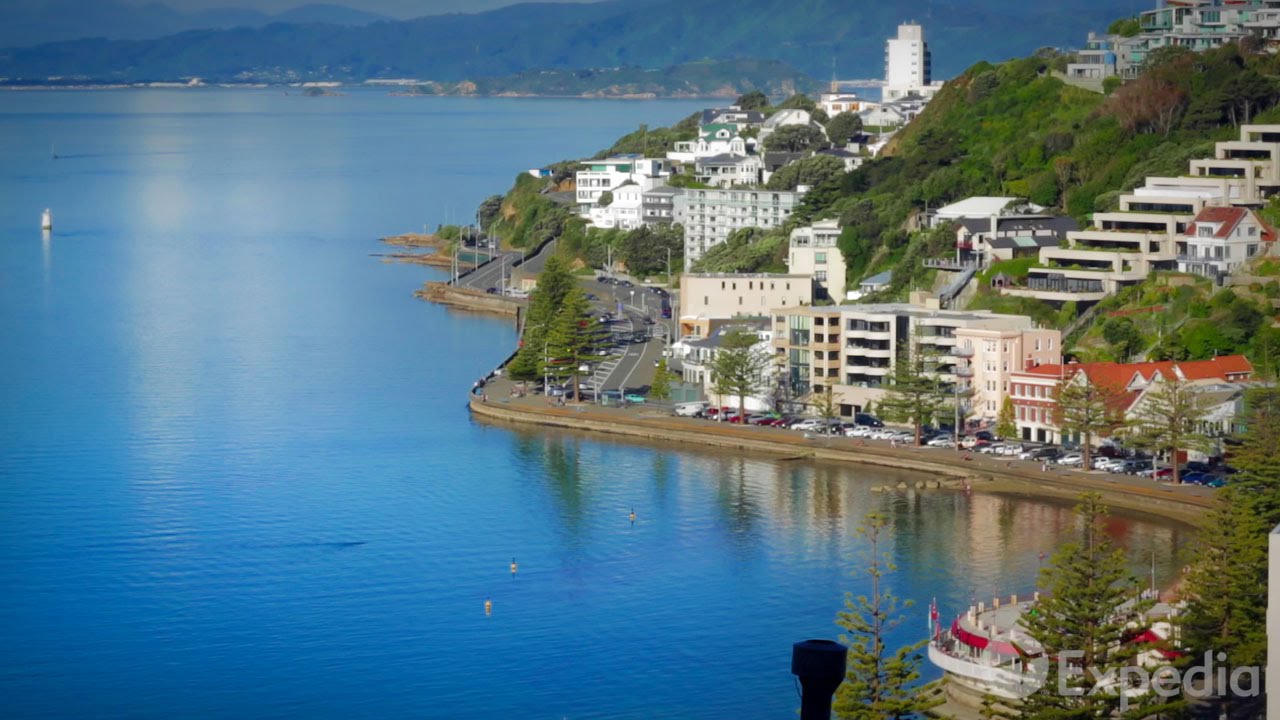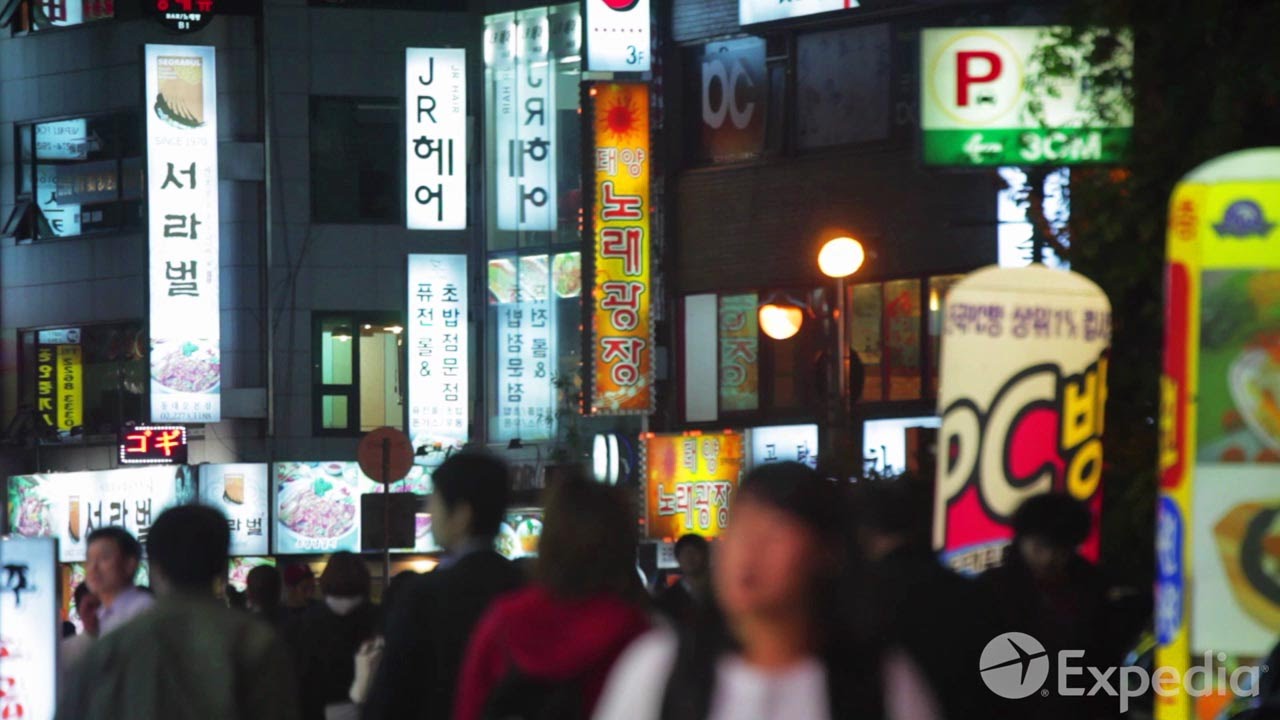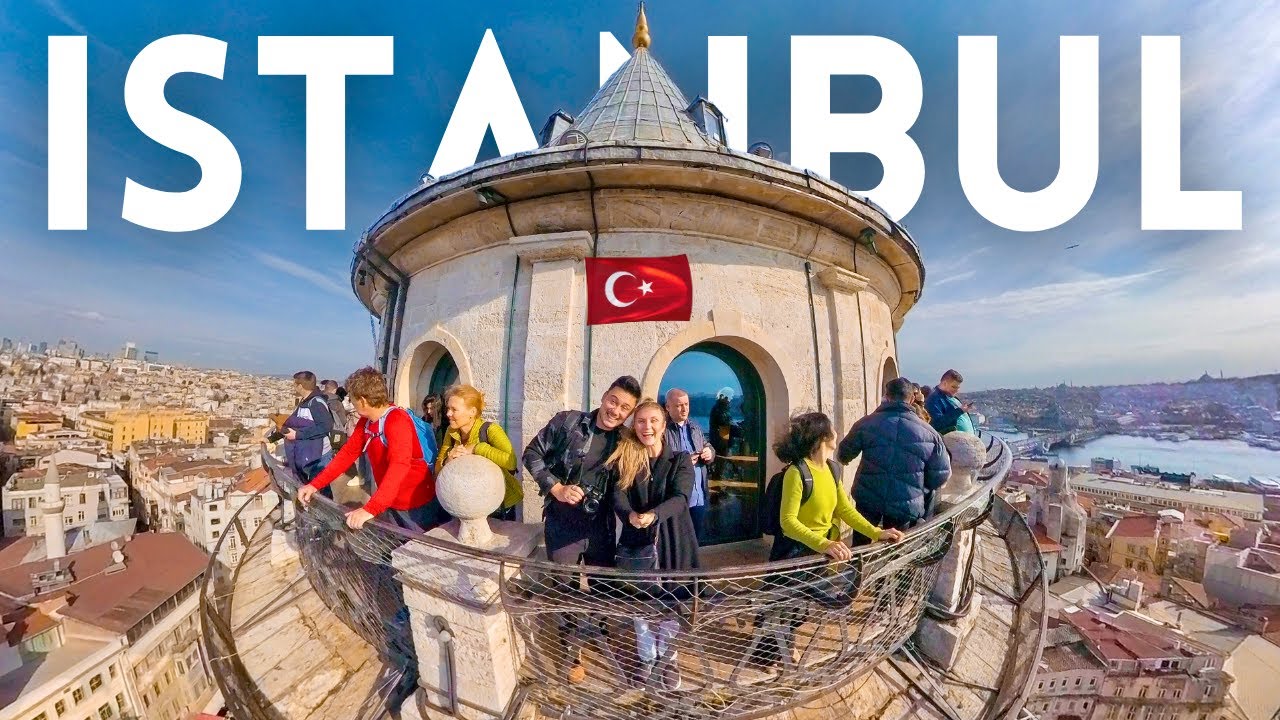Barcelona is the capital of Catalonia, an autonomous community of Spain. Barcelona is a major tourist destination, with 30 million …
Welcome back to world travel guide this time we will visit barcelona the capital of catalonia and one of the most visited cities in europe so stay on our channel and enjoy the sightseeing tour barcelona is the capital of catalonia an autonomous community of spain
The city is situated in the northeast of spain close to the pyrenees it is one of the largest metropolises on the mediterranean sea located on the coast between the mouths of the rivers llobregat and besos and bounded to the west by the serra de collserola mountain range
With 1.7 million inhabitants barcelona is the second most populous city in spain the metropolitan area of the city has 36 municipalities with a population of over 5 million barcelona is a major cultural economic and financial center in southwestern europe but also an internationally renowned tourist destination with numerous recreational areas
One of the best beaches in the world mild and warm climate historical monuments including eight unesco world heritage sites over 500 hotels and developed tourist infrastructure barcelona was founded by the romans who set up a colony called barcino at the end of the 1st century bc the colony had some thousand inhabitants and
Was bounded by a defensive wall the remains of which can still be seen in the old town for over 200 years barcelona was under muslim rule and following the christian reconquest it became one of the main residences of the court of the crown of aragon the fruitful medieval period
Established barcelona’s position as the economic and political center of the western mediterranean from the 15th to 18th century barcelona entered a period of decline while it struggled to maintain its economic and political independence this struggle ended in 1714 when the city fell to
The bourbon troops and catalonia’s and catalan’s rights and privileges were suppressed a period of cultural recovery began in the mid-19th century with the arrival of the development of the textile industry during this period catalan regained prominence as a literary language the 20th century ushered in widespread urban renewal throughout barcelona city culminating
In its landmark eixample district the catalan antoni gaudi one of the most eminent architects designed buildings such as the casa mila and the sagrada familia church which have become world famous landmarks the freedoms achieved during this period were severely restricted during the civil
War in 1936 and the subsequent dictatorship with the reinstatement of democracy in 1978 barcelona regained its economic strength and the catalan language was restored the city’s hosting of the 1992 olympic games gave fresh impetus to barcelona’s potential and reaffirmed its status as a major metropolis
Sagrada familia is a large unfinished minor basilica in the eixample district of barcelona designed by the catalan architect antoni gaudi the building is a unesco world heritage site on march 19th 1882 construction of the sagrada familia began under architect francisco de
Paula del villar in 1883 when villar resigned gaudi took over as chief architect transforming the project with his architectural and engineering style combining gothic and art nouveau forms gaudi devoted the remainder of his life to the project and he is buried in the crypt at the time of his
Death in 1926 less than a quarter of the project was complete relying solely on private donations the sagrada familia’s construction progressed slowly and was interrupted by the spanish civil war it is anticipated that the building will be completed by 2026 the centenary of gaudi’s death
For 2000 years the gothic quarter has been the spiritual and secular center of barcelona relics of ancient roman buildings are still found here but the middle ages are best represented by the historic monuments packed into this quarter tourists will enjoy wandering the narrow
Pedestrian lanes and stopping to discover the neighborhoods quaint boutiques and restaurants by getting lost here visitors become immersed in the magical ambiance of a traffic-free medieval world mainly built between the 13th and 15th century the catedral de la santa cruz is the heart of
The gothic quarter after the sagrada familia this is the most important church of barcelona in 1460 the main building of the cathedral was finished the gothic facade was added much later in 1889 and the most recent part the cathedral central tower was completed in 1913
With the cableway teleferic de montjuic you will experience a unique panorama you can discover the entire city of barcelona from the bird’s eye view while you are driving up to the castell de montjuic from the modern cabins you can
See the most meaningful buildings but also the harbour and the ocean this is a unique opportunity to discover the delights of montjuic mountain a symbolic site replete with history park guell was designed by antoni gaudi and is one of barcelona’s main attractions
This unesco world heritage site gives us insight into the brilliance of gaudi and is a great way to discover his eclectic and unique style the venue is steeped in history and is visited by nine million annual visitors the park is named after eusebi guell a rich entrepreneur who commissioned
Gaudi to build a luxury residential complex when the project was abandoned gaudi designed a park created between 1900 and 1914 park guell has been open to the public since 1923. la rambla is one of barcelona’s main thoroughfares and one of the most visited areas in the city
This fascinating street is 1.3 kilometers long and connects placa de catalunya with the city’s old port la rambla is always lively packed with tourists locals and street artists who pose like living statues numerous terraces and restaurants are located on both sides of the street
And it is very enjoyable to sit in one of its terraces to see people come and go although be warned that the prices are a little high since this is a very touristic area camp nou is located in the east of barcelona about five kilometers from barcelona’s historic
City center it is the home of fc barcelona one of world’s most famous football clubs camp nou opened in 1957 and with a seating capacity of 99 000 it is the largest stadium in europe and the fourth largest football stadium in the world
Barcelona offers self-guided stadium tours called the camp nou experience which include a walk through the stadium with audio guide and access to the barcelona museum private guides are available against additional payment the camp nou experience typically takes between 90 and 120 minutes la
Barceloneta beach is 420 meters long and is the most popular beach in barcelona this beach is a favorite amongst tourists but also youth groups and schools who often use it for their activities tourists love the clear blue waters and the beach is very clean despite the many people who frequent
The shores you are warned though that it can get pretty busy and if you want a lounge chair or umbrella make sure to show up early in the morning la barceloneta beach is free to visit all
Hours of the day or night but it’s never a good idea to go swimming without a lifeguard present the parc del laberint is a historical garden in the horta-guinardo district in barcelona and the oldest of its kind in the city located next to the collserola ridge
The park comprises an 18th century neo-classical garden and a 19th century romantic garden on the lower terrace is the hedge maze that gives the park its name the park and particularly the maze are great for visiting with children but on other days it can offer
A haven of tranquility in the bustling city of barcelona and you will mostly meet locals here best time to visit barcelona is from april to july to enjoy the spectacular beaches of barcelona and its outdoor events and festivals however if only sightseeing is your focus then
March to may and september to november is a good time as tourists are fewer and queues shorter if you want to save some money then november to march is ideal but you have to give up the beaches
Did you enjoy this quick journey to barcelona let us know in the comments if you love this video hit the like button and subscribe you should also check out other city guides on our channel you
source

